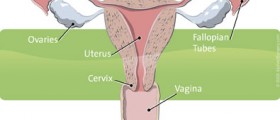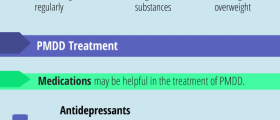
The tumors are more common in women of African-American descent and often shrink and cause no symptoms in females that have gone through menopause.
Fibroids are mostly so small that most can only be witness using a microscope and normally only cause problems in women when they become too large and put pressure on the pelvic organs.
Fibroids are classified according to where they are located in the uterus and some of the most common symptoms include:
Painful sexual intercourse Abdominal fullness, constipation and gas pressure Pressure in lower abdomen Bleeding between menstrual periods Increased urination Heavy menstrual bleeding Pelvic cramping and painful periodsUterine fibroids bleeding between periods is not the same as normal menstrual flow, but is rather accompanied by a variety of different symptoms. Normal menstrual flow lasts approximately 3-5 days and produces minimal blood loss. Uterine bleeding due to fibroids however is much more pronounced and lasts for a longer period of time. When a woman menstruates and has no symptoms of uterine fibroids, it can make the condition very difficult to diagnose. While the causes of uterine fibroids are still unknown, there are a number of ways in which to treat the condition. Speaking with a medical professional will allow a woman to find out all of her treatment options and determine which methods will yield the best results. Some treatment methods will be determined according to the following factors:
Age of the female Location of fibroids Whether or not symptoms are presenting Size of the fibroidsUterine fibroids bleeding between periods can be a very common side effect of the condition, but it can be handled through uterine ablation therapy or a hysterectomy in severe cases. A woman must always consult with her physician in order to determine the best course of action when dealing with uterine fibroids and always address any problems to avoid any further complications.
















Your thoughts on this
Loading...